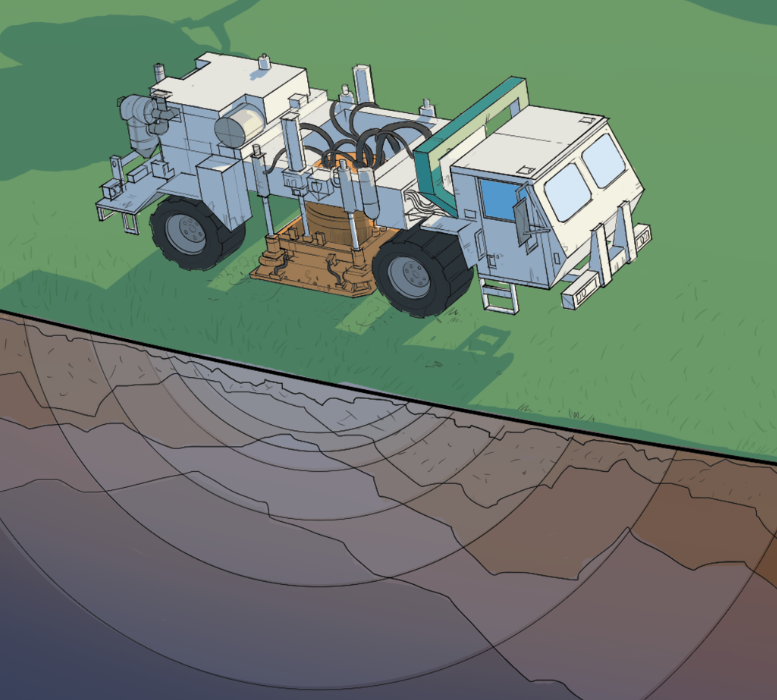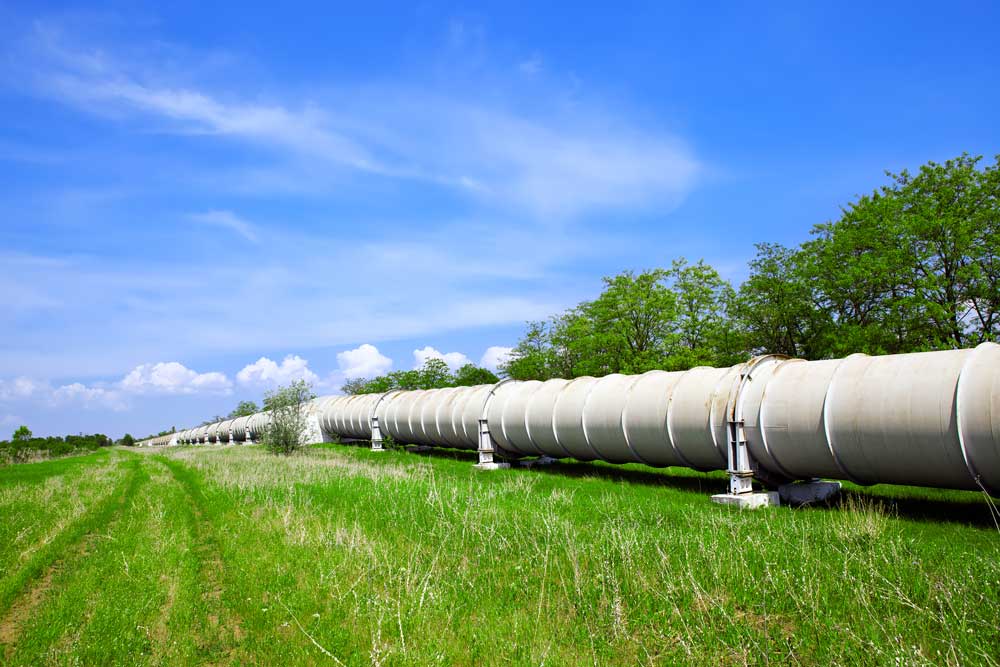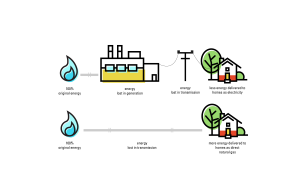What is Natural Gas?

Properties and Characteristics:
- Natural gas is a gas, not a liquid or a solid, and lighter than air.
- It is also colorless and odorless, so the odorant mercaptan is added for safety to help detect leaks.
- Another property of natural gas is that it is combustible (it burns).
Quick Facts:
- Natural gas is a nonrenewable energy source; we only have a certain amount here on Earth.
- Once it’s gone, it’s gone. It is a fossil fuel, which is a source of chemical potential energy. It has the potential to do work or cause change and is just waiting to be released.
- Natural gas burns hot, bright and is cleaner than other fossil fuels. So it is an efficient source of energy to use in our homes.
How is Natural Gas Located?

Natural gas generally collects in porous rock reservoirs. These reservoirs are geologic rock formations that have little spaces or pockets, like a sponge, to hold the natural gas. Layers of impermeable or nonporous rock trap the natural gas and block it from moving to the surface. Energy experts find these natural gas deposits using geologic mapping, surveys and aerial photographs. As deposits become scarcer and deeper, more advanced technologies are used, such as magnetic measurement, satellite imagery, gravity mapping and seismic sound wave reflection.
How is Natural Gas Transported?
Natural Gas is transported through large high-pressure pipelines, which transport natural gas long distances. Smaller pipes are used to deliver natural gas to homes and businesses where it will be used everyday. These underground pipelines are reliable delivery systems and protected from weather conditions. Like other types of energy, natural gas has the potential to be dangerous when it is used improperly.

How is Natural Gas Used?


Natural Gas is used in many ways every day! From heating homes and water for showers to drying clothes and cooking food. Natural gas helps power our lives and is produced in the U.S.
Natural gas also provides the base ingredients for fertilizer to grow crops, antifreeze and fabrics. Paper production; metals, chemicals and petroleum refining; glass, plastic and food processing all use natural gas. Waste treatment and incineration; medicines and makeup, home decor and sporting goods; as well as fueling aviation and producing hydrogen, are also accomplished using natural gas.
Direct Use
The term “direct-use” refers to using natural gas directly rather than burning it as a generation fuel for electricity. Direct-use of natural gas is more efficient than electricity use because there are fewer opportunities for energy loss on the journey to your home.



